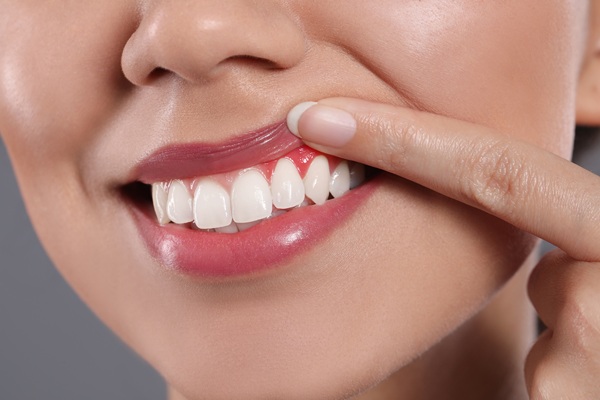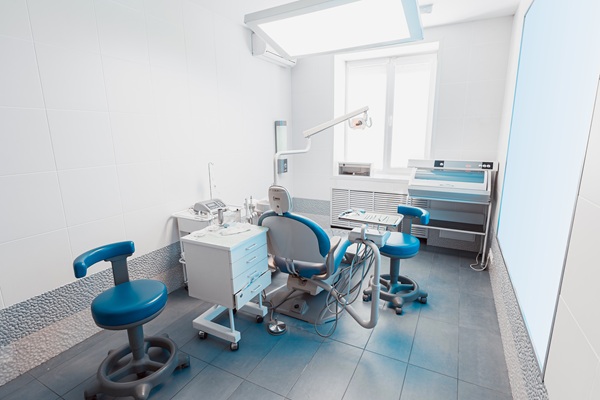Transform Your Smile With Dental Veneers

Dental veneers are a popular way to transform your smile and a common cosmetic dental service offered by general dentists. These thin, shell-like porcelain or composite resin covers go directly over the front of natural teeth after a quick preparation process. Because of their ability to make teeth appear uniform in shape, size, and color and match the color of surrounding teeth, dental veneers can improve the smile's overall look. Continue reading to learn more about what is involved.
A quick guide to dental veneers for smile transformation
Below is an overview of dental veneers, including how the procedure works and what they can do to improve the way your smile appears. Review this information when looking into different treatment options.
The procedure, step by step
To start the dental veneer placement process, the general dentist will clean the teeth to ensure that nothing is getting in the way of placement. Then, a dental tool is used to shave down the outer enamel layer. This is necessary for the next step, which is the bonding process. The general dentist uses a thin layer of dental cement, which helps keep the veneer in place. Lastly, the dental veneers are placed over the teeth, and a special light cures them. After a few minutes, the veneers are bonded to the teeth.
The general dentist will check that all edges of the dental veneers are properly fitted and not poking or causing discomfort to the gums. To finish the treatment process, the general dentist might rinse the entire oral cavity to ensure that any debris left behind is removed.
What to know
When it comes to dental veneers, it is important to understand that not everyone is a suitable candidate, which is true for almost any procedure. There are a lot of ways that general dentists can transform your teeth. While veneers are a great option, they do require the patient to have healthy and strong enamel on the teeth. Another thing to know is that veneers are only suitable for front teeth, not molars, due to the way that they are applied and placed.
Lastly, when getting dental veneers, it is important to be aware that there can be some sensitivity afterward. This is a normal side effect a patient experiences because the enamel is shaved down slightly to accommodate the veneer. Sensitivity usually subsides within a couple of days, but the dentist can administer a toothpaste or rinse to reduce it.
Find out more about dental veneers
Dental veneers are a great option for a smile transformation, but first and foremost, a consultation is required to start the process. The consultation will allow the general dentist to evaluate the health of the teeth to determine if veneers are a viable option. Additionally, questions and concerns can be appropriately addressed to alleviate any unknown anxiety. To learn more or to get scheduled for a consultation appointment, reach out today.
Request an appointment here: https://www.njdental1.com or call NJ Dental 1 at (856) 632-1727 for an appointment in our Cherry Hill office.
Check out what others are saying about our dental services on Yelp: Dental Veneers in Cherry Hill, NJ.
Recent Posts
Dental veneers are a popular solution for achieving a bright, flawless smile. A dentist uses these thin, custom-made shells to cover minor cosmetic imperfections in the smile, such as cracks, chips, or unevenness. Walking through the process of getting veneers can help patients feel more confident about transforming their smiles through this common cosmetic dental…
A cosmetic dentist plays a crucial role in enhancing both the function and appearance of a patient's teeth. Some treatments are more effective for a smile's appearance than its function. Understanding the difference between corrective and aesthetic dentistry is essential for anyone considering dental improvements.Corrective dentistry addresses structural problems and functional issues within the oral…
Cosmetic dentistry is a great way to improve your smile if you feel that there are imperfections that affect confidence daily. Read on to learn more about cosmetic dentistry. While many are familiar with the aesthetic benefits of cosmetic dentistry, many are not as familiar with how treatment can also help the health of your…
Cosmetic dentistry uses solutions like veneers to restore the appearance of teeth. Veneers are tooth covers that go over the front surfaces of teeth. These restorations are designed to look like real teeth, so they blend in while hiding all the flaws on the tooth.Veneers have many uses in cosmetic dentistry. They can be used…


